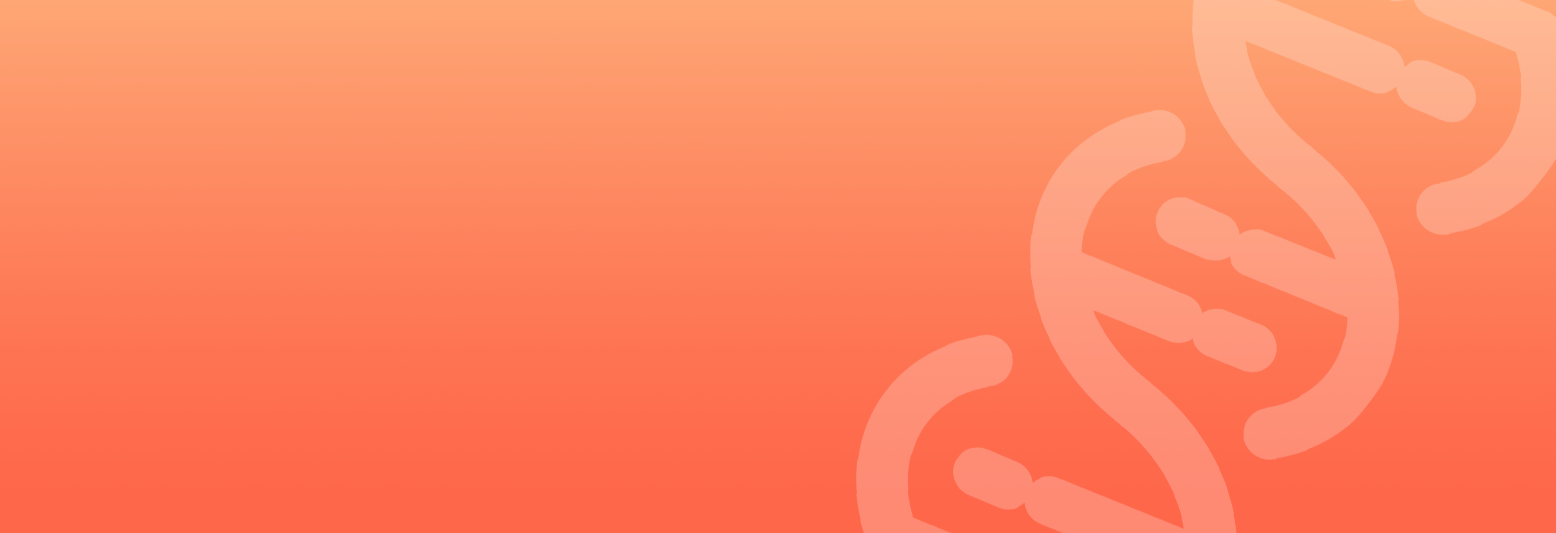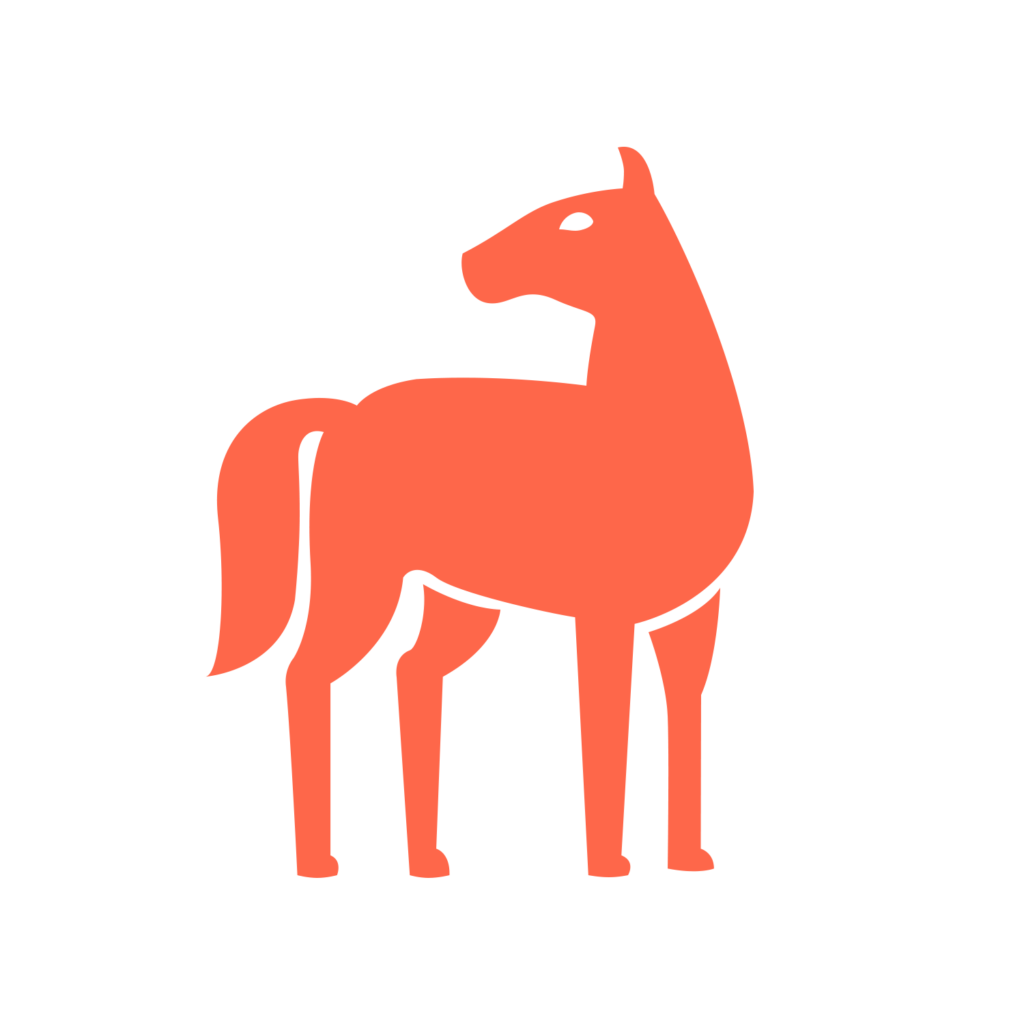

Occipitoatlantoaxial Malformation
Turnaround: 3-5 business daysTurnaround: 7-10 business days
Price: $45.00Price: £40.00
Breeds: Andalusian/Arabian, Anglo-Arabian, AraAppaloosa, Arabian, Arabian Cross, Arabian/Dutch Warmblood, Arabian/Friesian Cross, Arabian/Paint, Arabian/Pinto, Arabian/Quarter Horse, Arabian/Saddlebred, Arabian/Thoroughbred, Arabian/Warmblood, Egyptian Arabian, Half-Arabian, Hispano-Árab, Karabakh Horse, Lusitano, Mixed Breed, Part Bred Arabian, Shagya Arabian, Swedish Riding Pony, Unspecified
Description
Occipitoatlantoaxial Malformation (OAAM) is an autosomal recessive developmental disorder. OAAM causes a skeletal defect which compresses the upper cervical cord. This malformation of the occipital bone of the skull results in a neurological disorder. This neurological disorder is caused when the first two cervical vertebrae (the atlas and axis), fuse to the base of the skull. This structural change creates pressure on the upper portion of the cervical spinal cord. This damages the spinal cord and can lead to several neurological problems.
The disease may progress with age from a mild incoordination and weakness of the limbs to the inability to stand. Depending on the severity of the disorder affected foals may be stillborn, show signs at birth or, in some cases, not show signs until a few weeks after birth.
Diagnosis of the malformed atlas and axis are generally confirmed with radiographs. Affected foals are typically euthanized to maintain quality of life.
In order for a foal to be affected, it must be have two copies of the mutated gene, inheriting a single copy from each parent. Horses that have one copy of the mutated gene are carriers and do not present symptoms of OAAM. If two carriers are bred together, there is a 25% chance per foal born that they will develop symptoms of OAAM. There is a 50% chance per foal born that they will also become carriers. This makes DNA testing an extremely valuable tool while breeding so as to avoid accidentally breeding a horse with a high chance of developing OAAM.
Additional, yet unidentified, mutations may exist in Arabian foals affected with OAAM.
Possible Results
| Genotype | Description |
|---|---|
| N/N | Clear; Horse is negative for the OAAM1 mutation. |
| OAAM/N | Carrier: Horse has one copy of the OAAM1 mutation and can pass this gene on to any offspring. |
| OAAM/OAAM | Affected; Horse has two copies of the OAAM1 mutation and will exhibit signs of the disorder. |
Reference
Deletion of 2.7 kb near HOXD3 in an Arabian horse with occipitoatlantoaxial malformation.
Bordbari MH, Penedo MCT, Aleman M, Valberg SJ, Mickelson J, Finno CJ. Anim Genet. 2017 Jun;48(3):287-294. doi: 10.1111/age.12531. Epub 2017 Jan 23. [PMID: 28111759]